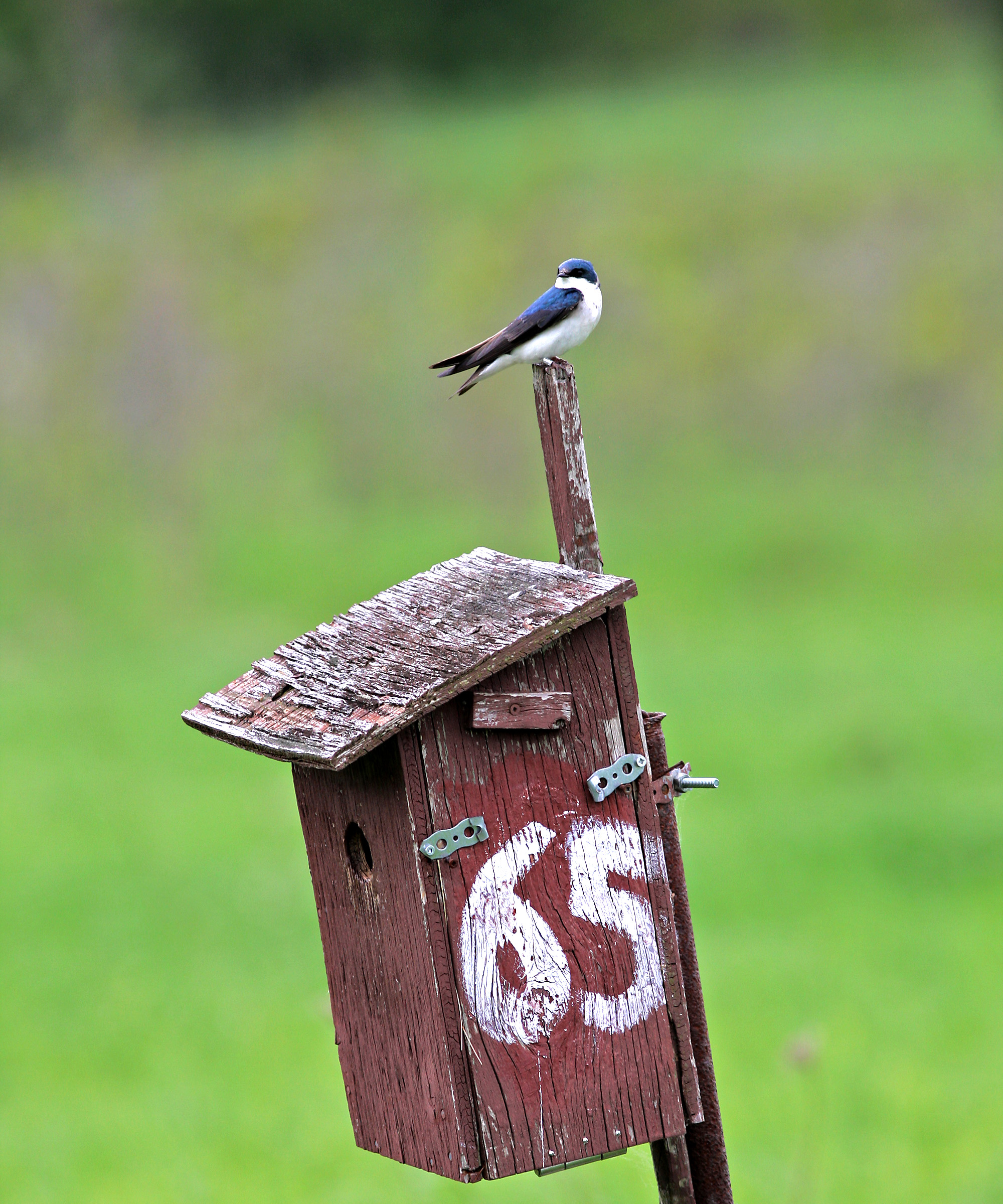By Dr. Danielle Ethier, Bird Population Scientist, Birds Canada
Conservation science begins and ends with data! Good-quality datasets that cover long periods of time and large geographic areas are necessary for understanding bird populations in Canada. They help us find out which species are declining and why, and help us measure the success of our collective conservation actions.
Data are foundational to the work we do at Birds Canada. We could not gather these valuable data without volunteers like you! If you contribute to the Canadian Lakes Loon Survey, a Nocturnal Owl Survey, or a Breeding Bird Atlas – just to name a few examples – we thank you for being part of this effort! These datasets, along with datasets from many partner programs, are stored in Birds Canada’s National Data Centre, where they can be interpreted and accessed by everyone; this maximizes the influence they can have on conservation science and action.

Did you know that the National Data Centre at Birds Canada hosts one of the world’s largest data archives for bird occurrence records? NatureCounts!
Proper archiving of data is no small task, so it’s not surprising that some historically and ecologically important datasets fall outside of safe and accessible data archives. When this happens, the datasets aren’t used to their full potential and are vulnerable to permanent data loss. To help rescue these data, Birds Canada has partnered with the Living Data Project – an initiative of the Canadian Institute of Ecology and Evolution – to breathe new life into older datasets. This internship program funds early-career scientists to help transfer datasets with high scientific or cultural value to secure and accessible platforms, like NatureCounts. For interns, this is an opportunity to build important job skills, connect with researchers, and be mentored on best practices for “open science” (making scientific results freely available to all).
“Believe me, organizing the Nocturnal Owl Survey data from just one province is a daunting task. Each small inconsistency or rearrangement in the data needs its own unique solution. Unifying the entire country’s data into one repository will be a monumental accomplishment! It was a great experience being part of the process.”
~Jake Hubner, Living Data Project Intern
To date, the Living Data Project has sponsored 42 unique data rescue projects, six of which have been with Birds Canada. Programs that have benefitted from this partnership include the Long Point Bird Observatory’s Tree Swallow nest box monitoring program, Canadian Migration Monitoring Network bird observatories and partners, Nocturnal Owl Survey datasets in both Alberta and Nova Scotia, Ontario’s Breeding Bird Atlas and SwiftWatch programs, and the Piping Plover Conservation Program in the Maritimes.
While small-scale data rescue is integral to conservation – especially for irreplaceable historic “baseline” data that other data are compared to, to track changes over time – Birds Canada hopes to reach a point when data rescue is no longer needed. All our programs now benefit upfront from the NatureCounts platform, which enables direct data entry, archiving, and access using international data management standards. Making Citizen Science bird data broadly and freely accessible means it can be used to its fullest potential and make the biggest possible impact for conservation!

